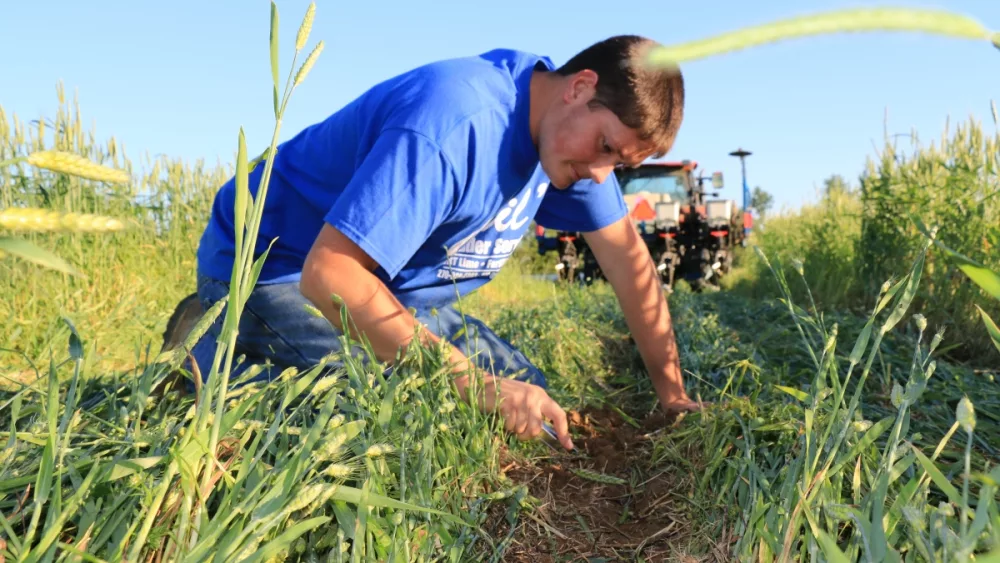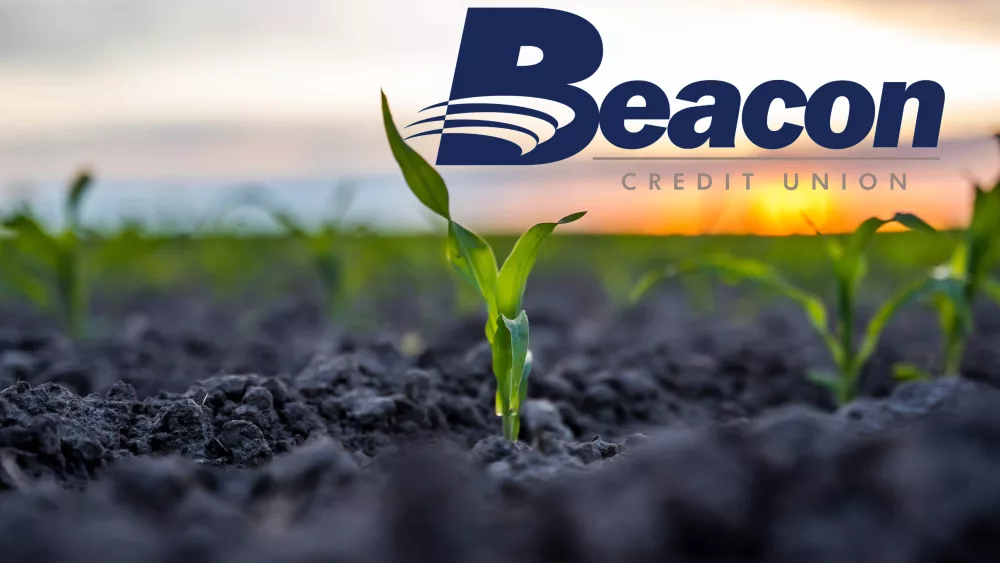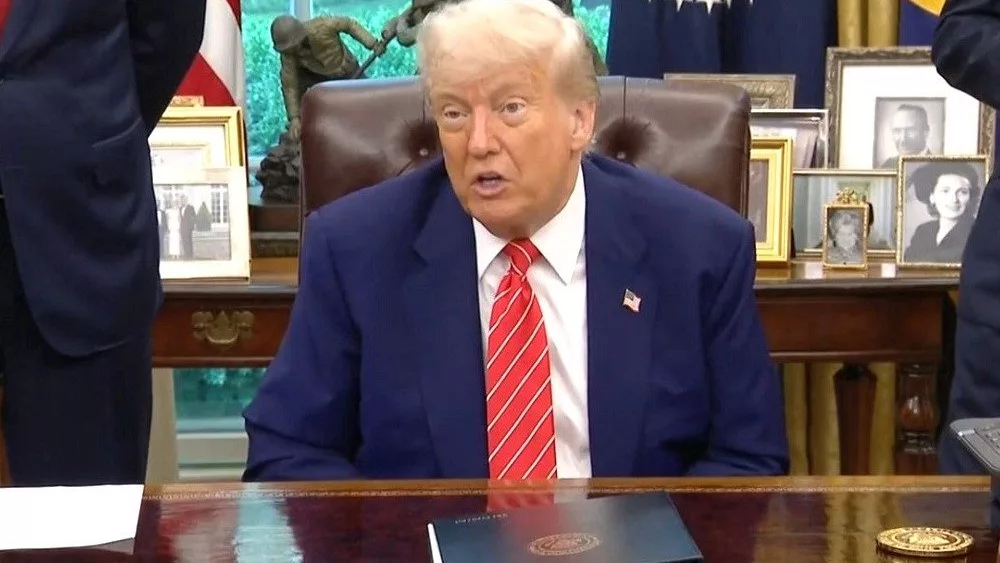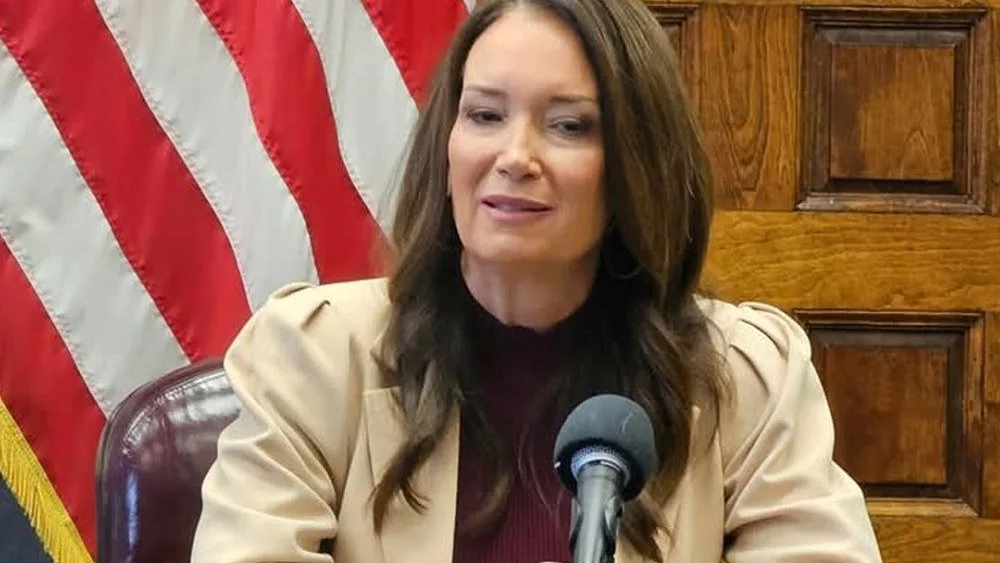Planting cover crops during harvest can be a big task, but one Indiana farmer has made it possible in one pass. He even says it can put more cash in your pocket.
“Residue is money. It’s value. I want as much residue as possible.”
Ray McCormick is a farmer in southwestern Indiana. He’s also one of the guests on the latest episode of the HAT Soil Health Podcast, brought to you by the Conservation Cropping Systems Initiative. McCormick joins the podcast to share how he saves time and money by planting cover crops with a combine.
“We eliminated another trip, which is environmentally friendly because you’re not using the fuel and you’re not using the money to re-drill. You’re not using the manpower and you’re not damaging a drill or the rubber on the drill or the tractor.”
Phil Needham, of Needham Ag Technologies, joins McCormick on the episode. He says that part of the key to planting cover crops with a combine is proper residue management.

“Unless you can spread residue evenly, the heavy residue bands warm up slower, they’re wetter, because the soil doesn’t obviously dry out very well under a mat of residue, and the streaks between the combine passes, where there’s little to no residue, then they dry out quicker and they’re warmer. The difference in crop emergence can be drastic. It’s really important to spread residue as evenly as possible with the combine at harvest.”
McCormick says he’s seen great results with planting a cover crop during harvest.
“Leaving that residue there anchored with the cover crop is far superior than even chisel plowed fields where the stalks are stacked up along the road so thick you can’t hardly drive through them. They are definitely advantages that help put more money in your pocket and less residue in the Gulf of Mexico.”
McCormick and Needham also do a deep dive into equipment specs. You can hear the full conversation on the HAT Soil Health Podcast, brought to you by the Conservation Cropping Systems Initiative, on the player below or on your favorite podcast platform.





